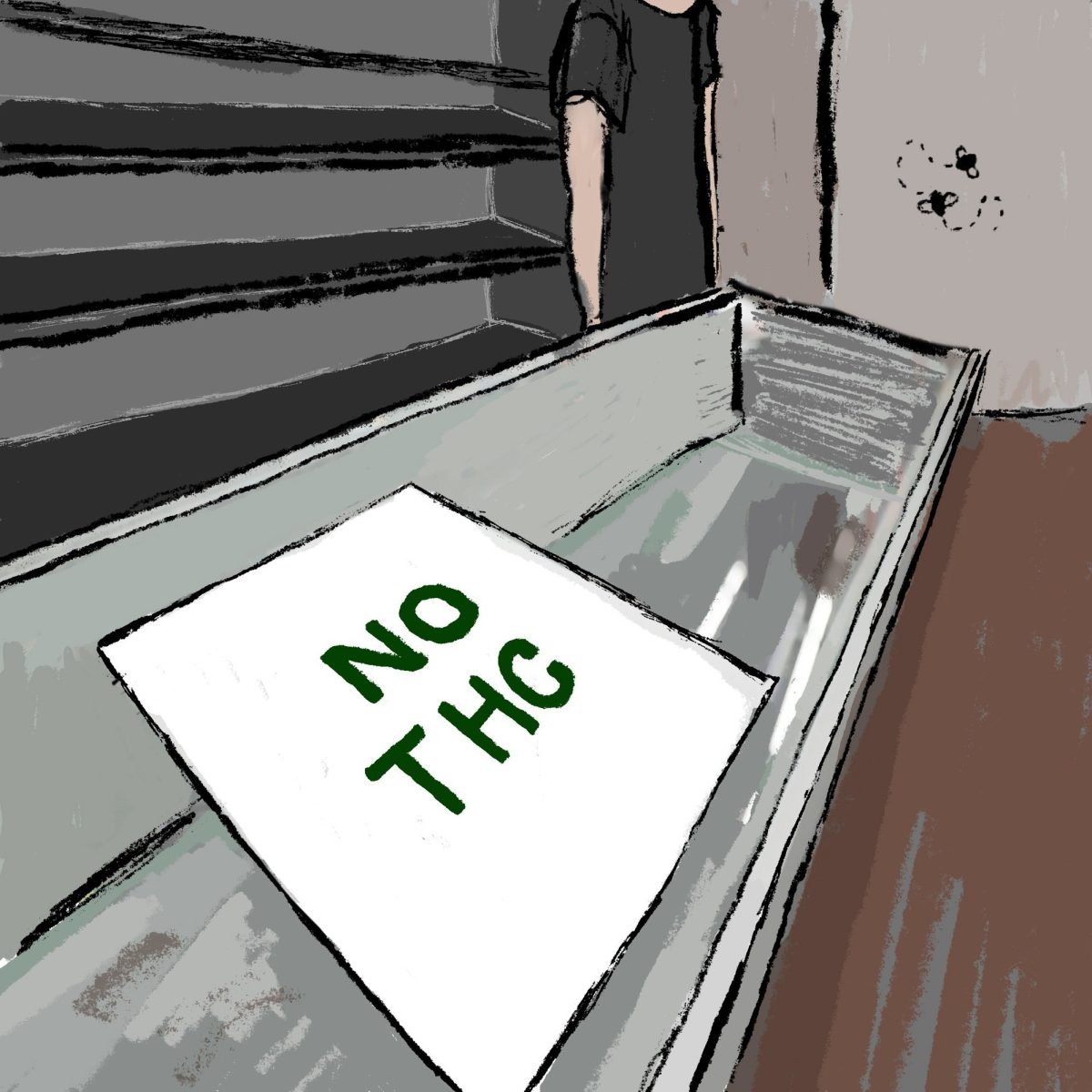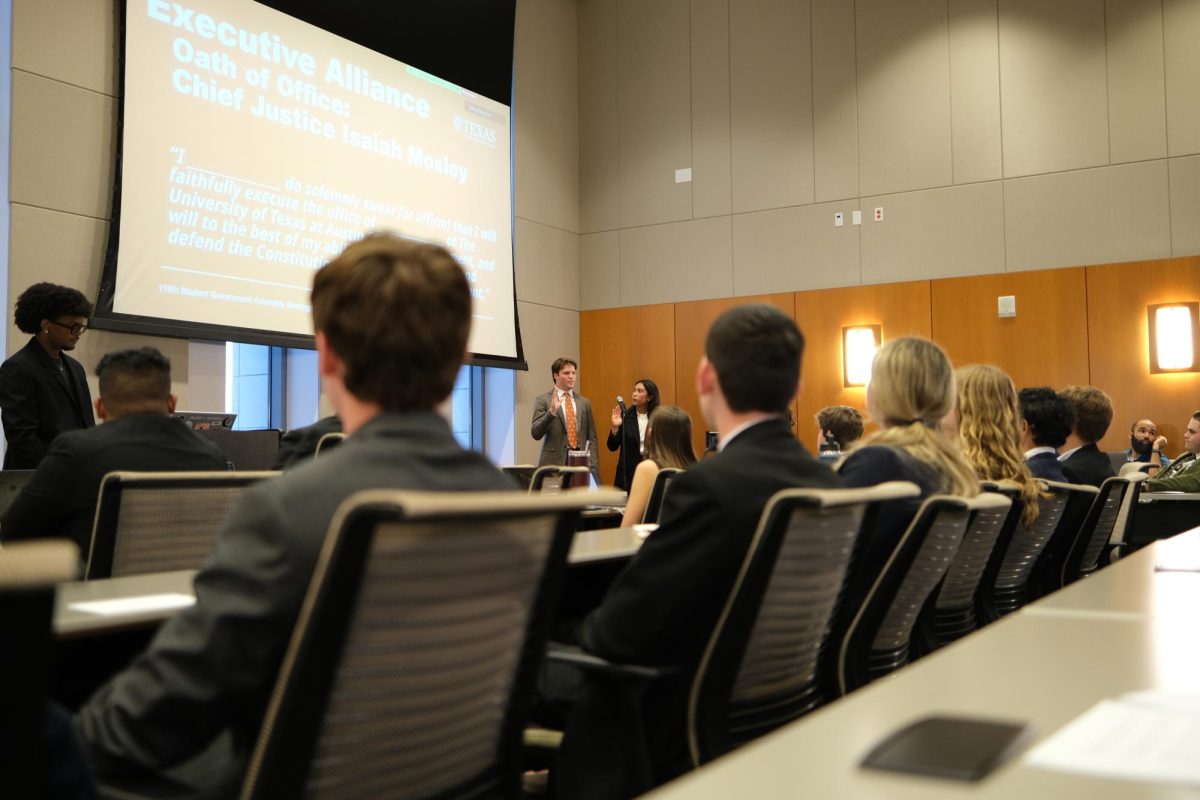David Mohrig, geology associate dean for research, said high water use in Austin causes water levels in Lake Travis to decrease significantly.
Rainwater Tech, a geoengineering company, plans on transforming the humidity around the Colorado River — specifically the Lake Travis reservoir — into water droplets through electrically charging the water. The charge allows the water particles to condense from water vapor. Rainwater Tech first tried this process in Oman, where, according to its website, it increased rainfall by 18%.
“To get (natural) rainfall we need to have moisture and convection,” Mohrig said. “But, we can have (rain) with a lot of heat, and not a lot of convection, so we’re not getting the big thunderstorms, we just have the heat there. (Rainwater Tech) is trying to get around that.”
In May, all of the Colorado River dams were under-filled as they did not reach the river’s upper-range. This project helps ensure Austin’s water demand will not surpass its supply, Mohrig said. “I have not found a good way to convince people (to limit water usage) other than when they see the lake levels so low, and they start to worry,” Mohrig said. “As soon as it rains then people sort of forget this is the sort of thing.”
Tim Cady, National Oceanic and Atmospheric Administration meteorologist, said greenhouse emissions and warming increase the amount and intensity of the floods. Because of this, people do not perceive low water levels as a big problem, Mohrig said.
“Say you’re shuffling up a deck of cards and your serious heat wave (represents) drawing an ace,” Cady said. “What changes to the climate does, is taking out other cards and adding more aces to the deck.”
Other companies are also exploring geoengineering opportunities, such as Make Sunsets. The company launches reflective balloons into the air to reflect the sunlight back out to space, decreasing sun warming. According to their website, this mimics a volcanic eruption, and they describe it as a way to reverse global warming.
“You can’t take advantage of all these technologies that are (negatively) changing our atmosphere, and not be willing to explore technologies that may be part of a solution,” Mohrig said.













